CHAPTER 9
New Hollywood
In the early 1960s, Hollywood was still losing money.
United Artists had to sell off its back lot, which became condos and shopping malls. Universal Studios began offering tours of the studio to bring in money. With the passing of the original studio heads, their companies were bought up by big businesses—such as banks—that had never made movies.
Walt Disney Productions, however, was doing very well. One reason was that it was now in the television business, too. It produced popular kids’ shows, such as Walt Disney’s Disneyland, Walt Disney Presents, Zorro, and The Mickey Mouse Club.
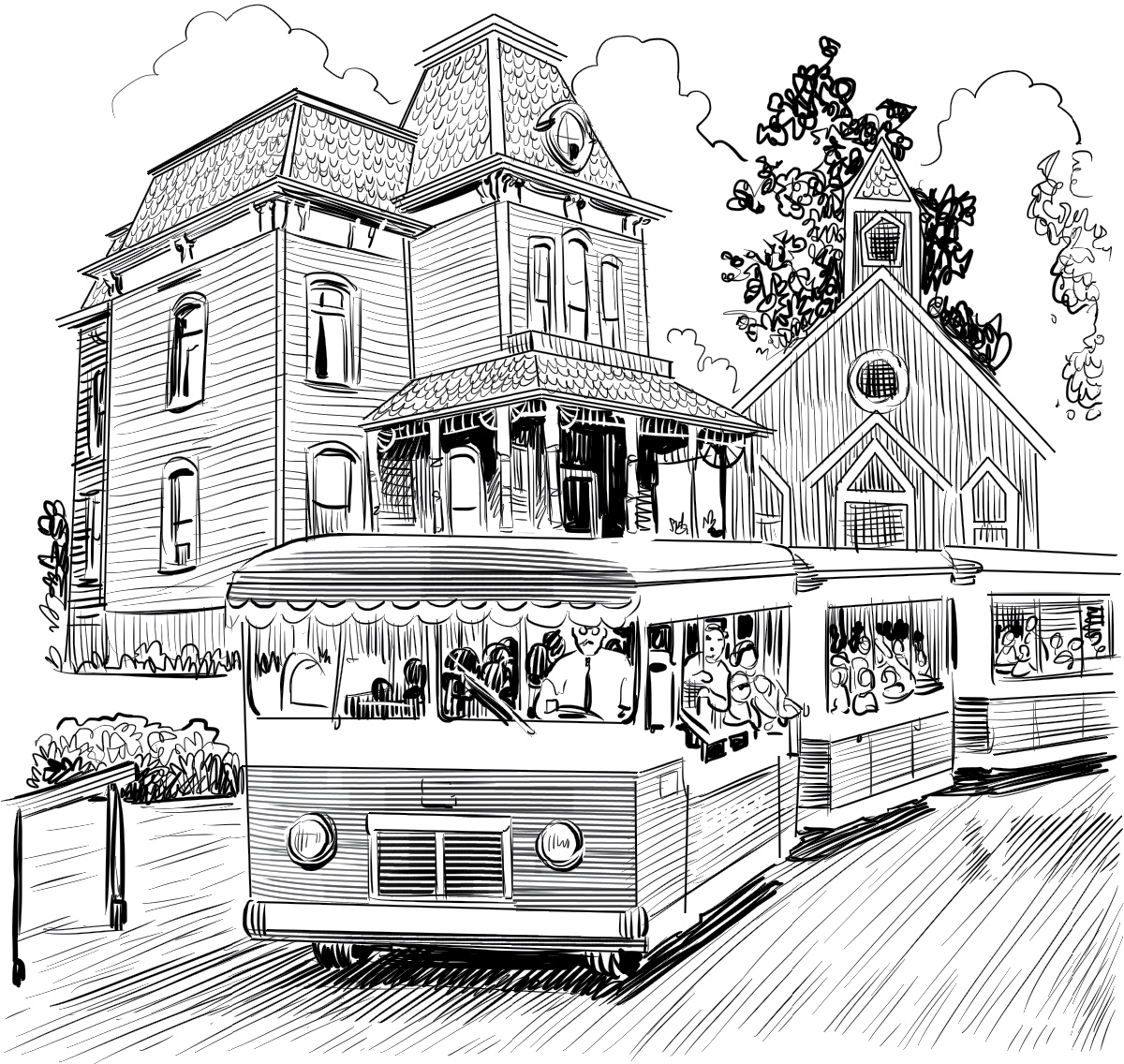
Universal Studios tour trolley
Other studios followed suit, creating television studios. But that wasn’t going to help filmmaking. Hollywood movies had to change; they had to offer something different from what they had in the past, and also something different from the entertainment shown on TV.

America was changing in the 1960s. It was a time of upheaval. There were protests against the war in Vietnam, and marches for civil rights, women’s rights, and gay rights. It was a decade that saw the assassination of many leaders—John F. Kennedy, Martin Luther King Jr., and Robert Kennedy. It was a confusing time, and Hollywood tried to deal with the changes.

Sidney Poitier
In 1967, Guess Who’s Coming to Dinner was released. It wasn’t a particularly great movie. But it was about a young white woman who brings her African American boyfriend home to meet her parents. The boyfriend was played by Sidney Poitier, one of Hollywood’s most gifted actors. A few years earlier, he had become the first black man to win the Oscar for best actor. (It was for a movie called Lilies of the Field.) Today, the subject of an interracial romance would not be newsworthy, but it was groundbreaking in the sixties.
Some of the most interesting films were made in Europe and shown in small movie houses in the United States. They didn’t have strict rules about violence, language, or sexuality. Their movies didn’t always end happily. Young Americans liked them.
In 1968, the Hays Code was replaced with a rating system. Movies would no longer be censored. Instead, they were assigned different letter ratings that alerted moviegoers as to whether the movie contained sex, violence, and adult language. Parents would know that a movie with a G (General Audience) rating was suitable for young children, while a PG movie required more guidance. In 1984, the PG-13 rating was introduced. These films might not be appropriate for children under thirteen.
Two 1967 American-made movies proved there was a big audience for sophisticated material. The Graduate, directed by Mike Nichols, was about a recent college graduate who has an affair with an older married woman. Bonnie and Clyde told the story of two young gangsters in the 1930s who go on a violent bank-robbing spree. The final scene, showing their bloody deaths in a shoot-out, was filmed as if it were a ballet in slow motion. As for the studios, now, instead of making a movie themselves, they might put up the money for films made by young independent directors. In the seventies, some of the most talented directors ever began their careers.
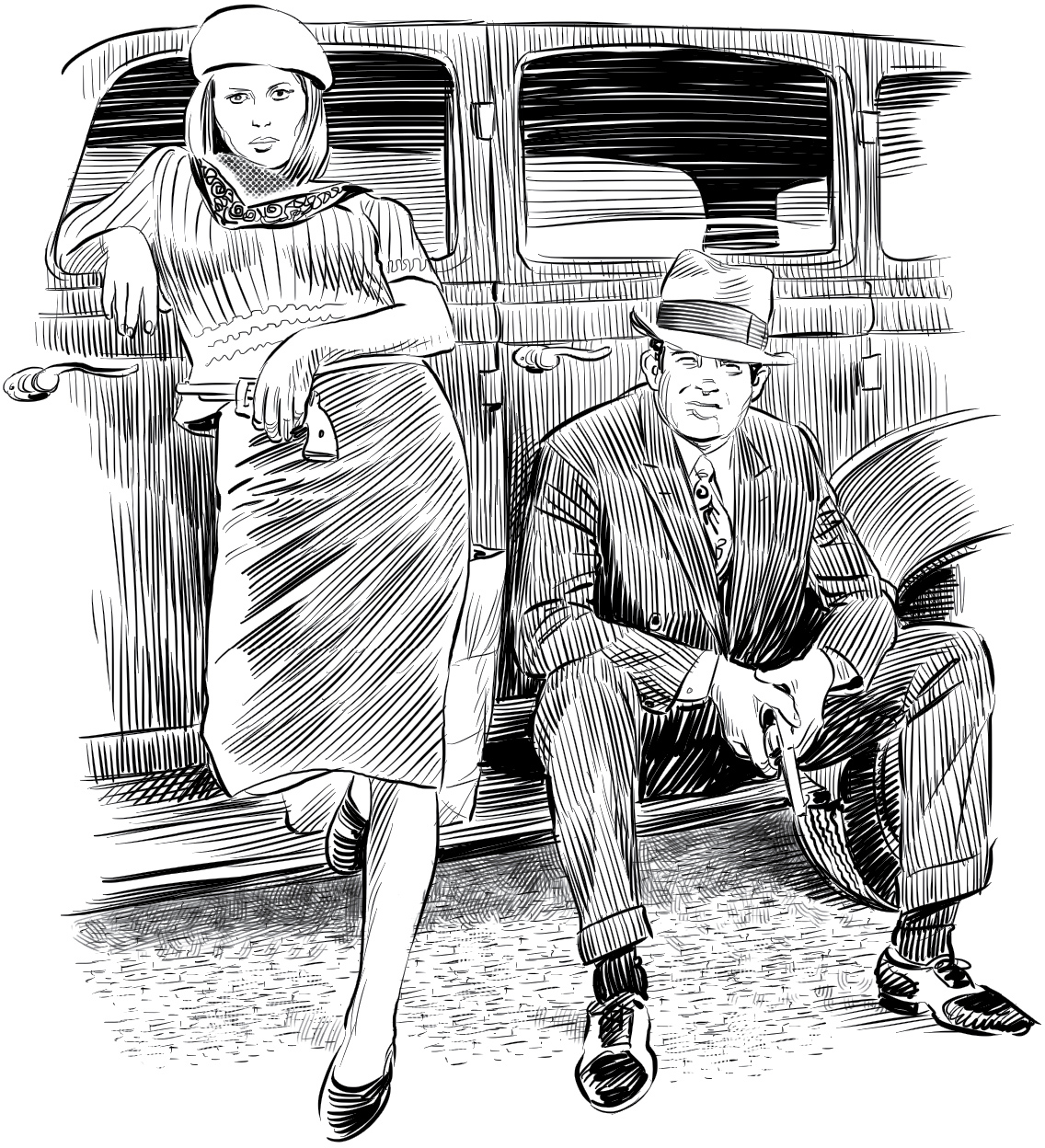
Faye Dunaway and Warren Beatty in Bonnie and Clyde
Francis Ford Coppola came out with The Godfather in 1972. It was about a violent New York City crime family. It showed gangsters as real people with real problems and real feelings. Paramount was financing the film. The studio heads wanted to use actors with star power. Coppola insisted on young actors, like Diane Keaton, Al Pacino, James Caan, and Robert Duvall. Paramount decided to take a chance.
The Godfather made more money than any other movie that year. It won the Academy Award for best picture. The Godfather Part II was released two years later. It, too, won the Academy Award for best picture.
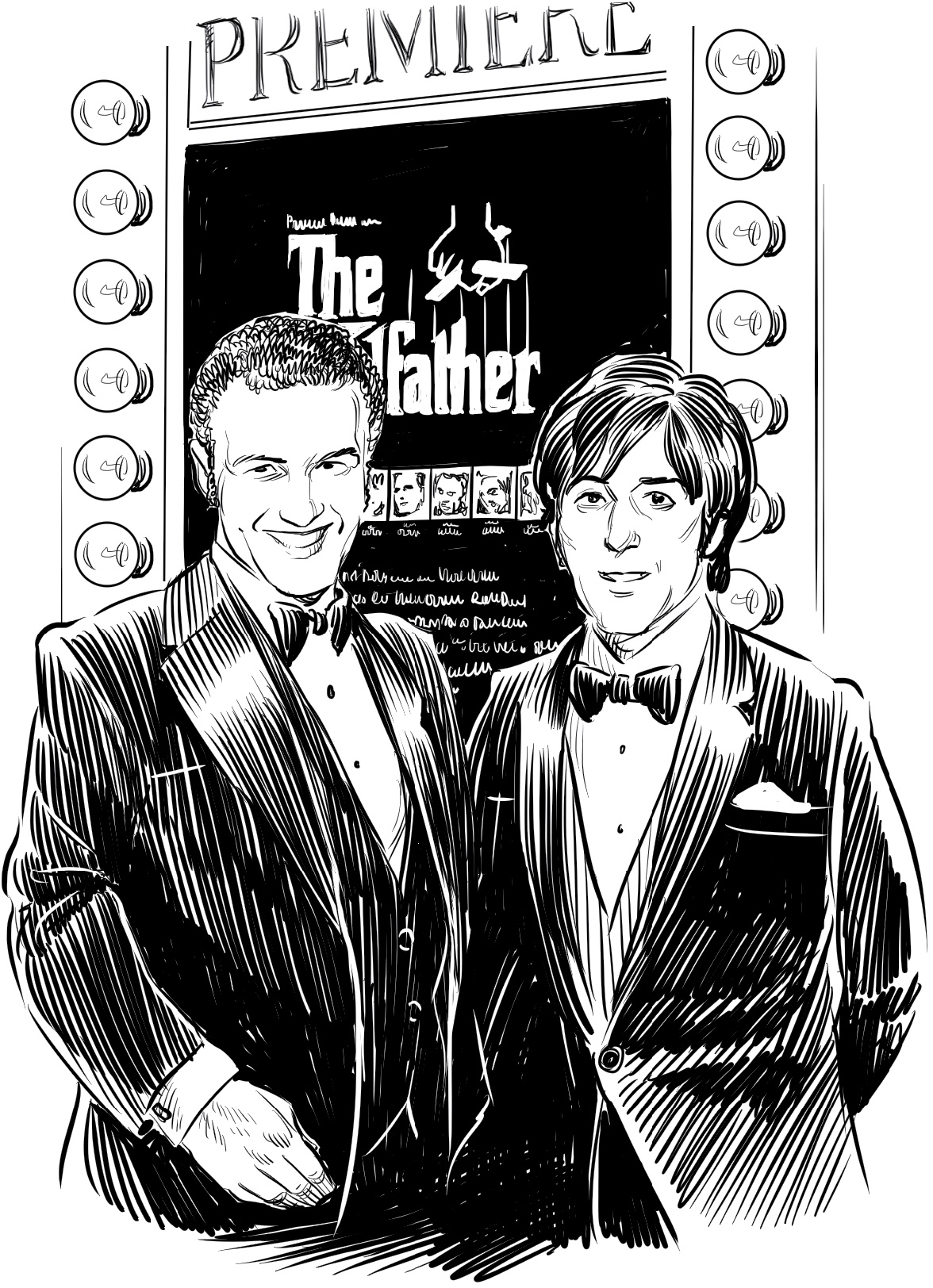
James Caan and Al Pacino
Hollywood Walk of Fame
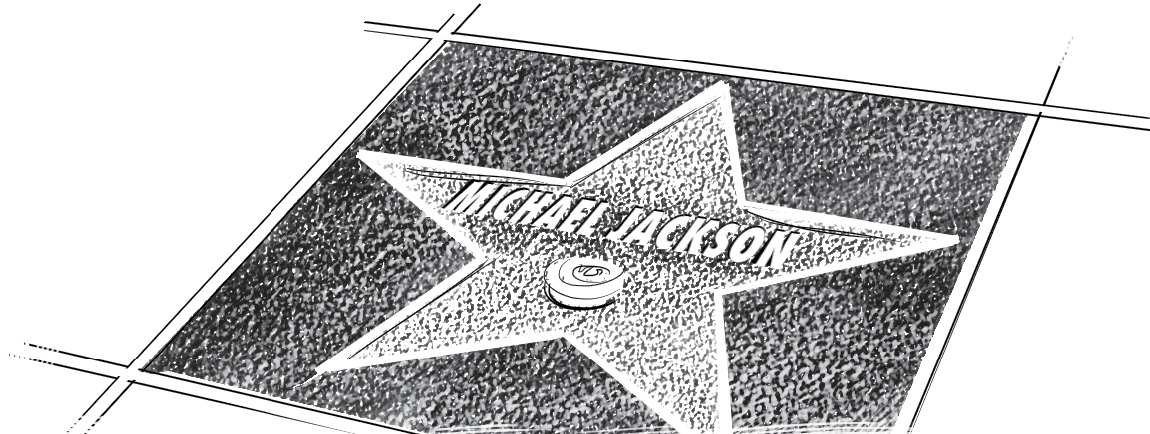
As a teenager growing up in Arizona, Steven Spielberg made up stories and turned them into short films using a family movie camera. Making movies was the only thing he ever wanted to do.

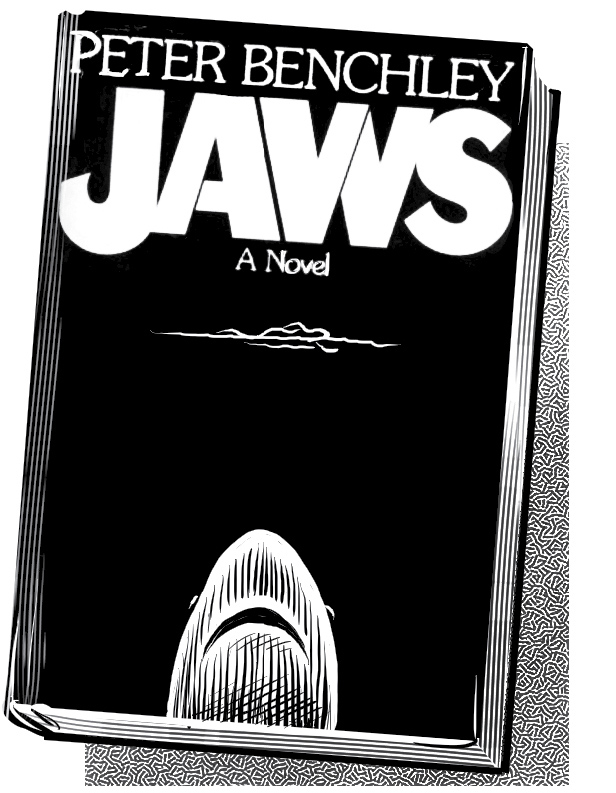
Spielberg was twenty-seven years old when he read Peter Benchley’s exciting novel Jaws. The book was about a huge great white shark that attacks people in a small beach town on a July Fourth weekend. It would make a really terrifying—and terrific—movie. It would be a different kind of horror film.
Two producers at Universal wanted to make the movie. Spielberg was interested in directing it, and he got the job. He decided to film Jaws on Martha’s Vineyard, an island off Massachusetts in the Atlantic Ocean.
Spielberg soon learned that making movies in open water is really hard. Bad weather caused delay after delay. Rough seas made it impossible to shoot. The mechanical shark kept breaking.
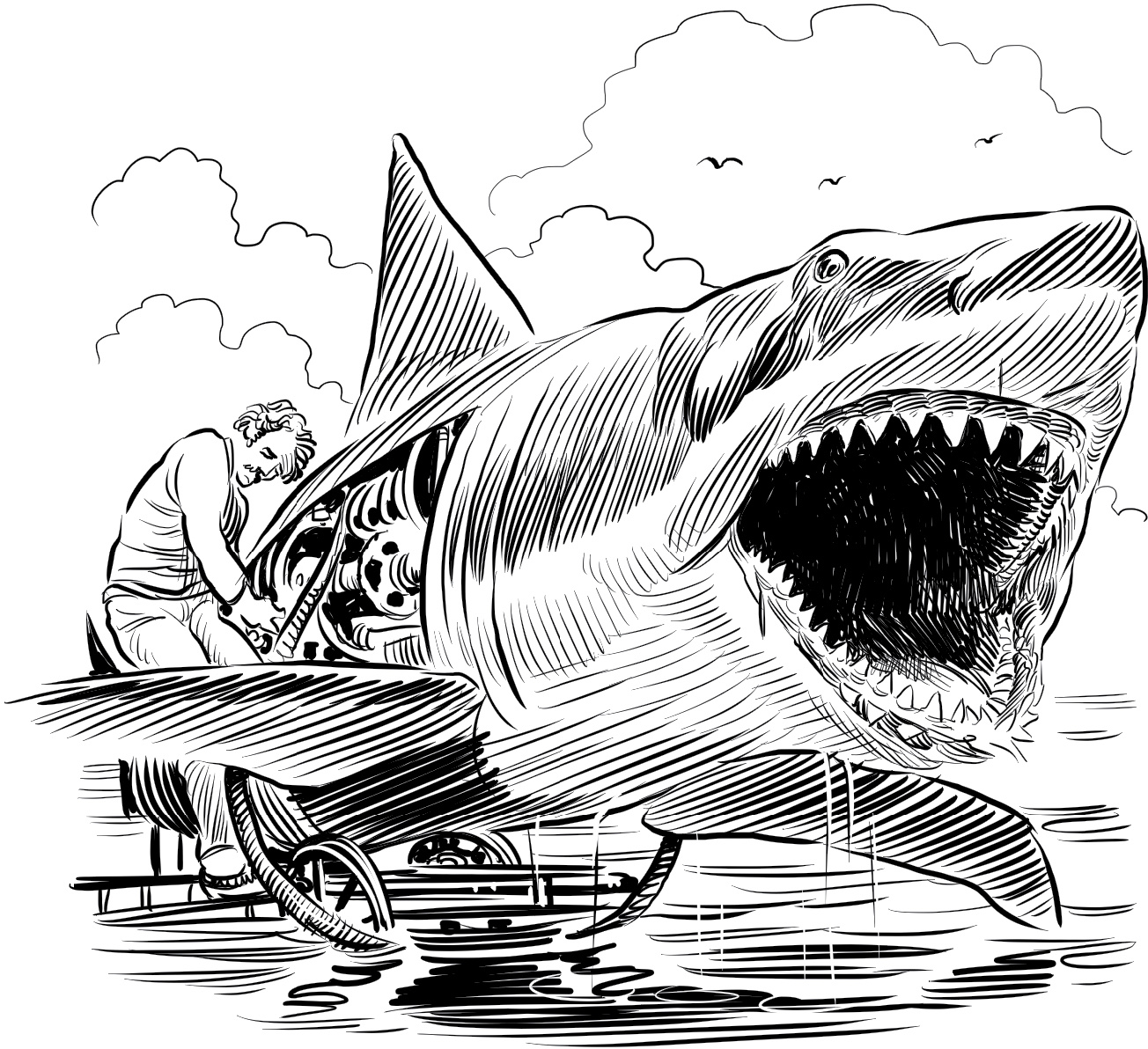
At one point, Universal threatened to shut the picture down. But the studio decided to let Spielberg keep going.
Jaws finally opened in June 1975. Everyone, including Steven Spielberg, had pretty much given up on it being a hit. They were wrong. It wasn’t just a hit. It was one of Hollywood’s first summer blockbusters, a mega-moneymaker. The ads said: “You’ll never go in the water again!” Audiences watched, thrilled and terrified, as the killer shark approached its next victim. The ads had been right. Lots of people were now petrified to go near the ocean.
Since the midseventies, Steven Spielberg has gone on to make countless modern classics such as E.T., the Indiana Jones movies, Schindler’s List, and Lincoln.

Like Spielberg, George Lucas was a young director who was excited about exploring new ideas. He had grown up in California, reading comic books and watching space adventures and Westerns on TV. He was obsessed with figuring out how things worked and inventing gadgets. When he was a teenager, George started taking pictures. At the University of Southern California film school, he learned about directing, acting, editing, special effects, and the importance of music.
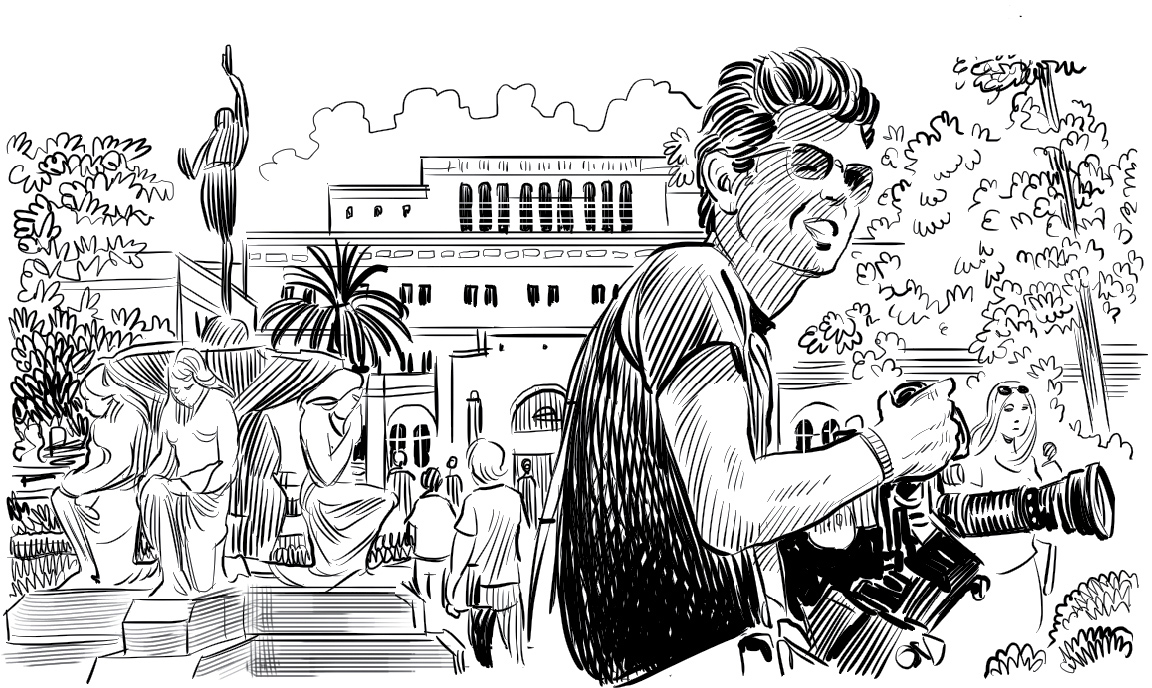
While a student, George won a Warner Bros. scholarship to study under one of its directors. He was assigned to Francis Ford Coppola. In 1971, George started his own film studio. It was called Lucasfilm, and it was located outside of San Francisco, not in Hollywood. He was imagining a movie that would be a cross between a Western and a space fantasy.
Like the original Hollywood studio heads, George wanted to be in control of all aspects of his movie. He wrote the script and searched for a larger studio willing to put up the money while still leaving him his independence. His idea was to do a continuing series of movies based on the universe and characters in his head. (Before this, producers and directors planned on a sequel—a follow-up—only if the first movie was a huge hit.)
Some studios turned down George’s idea. But Twentieth Century Fox agreed to do it.
Star Wars opened in late May of 1977. Audiences were amazed. This was science fiction like no one had ever seen before! It was that summer’s blockbuster.
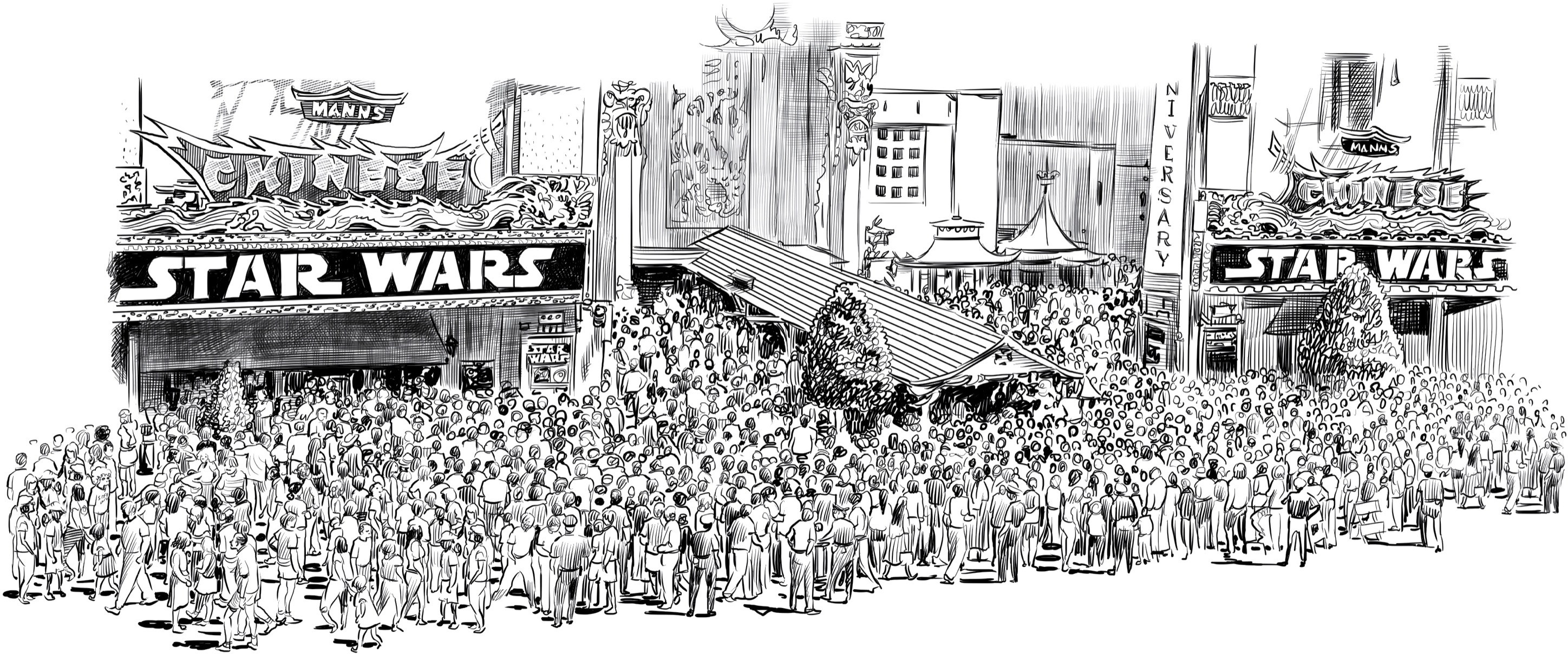
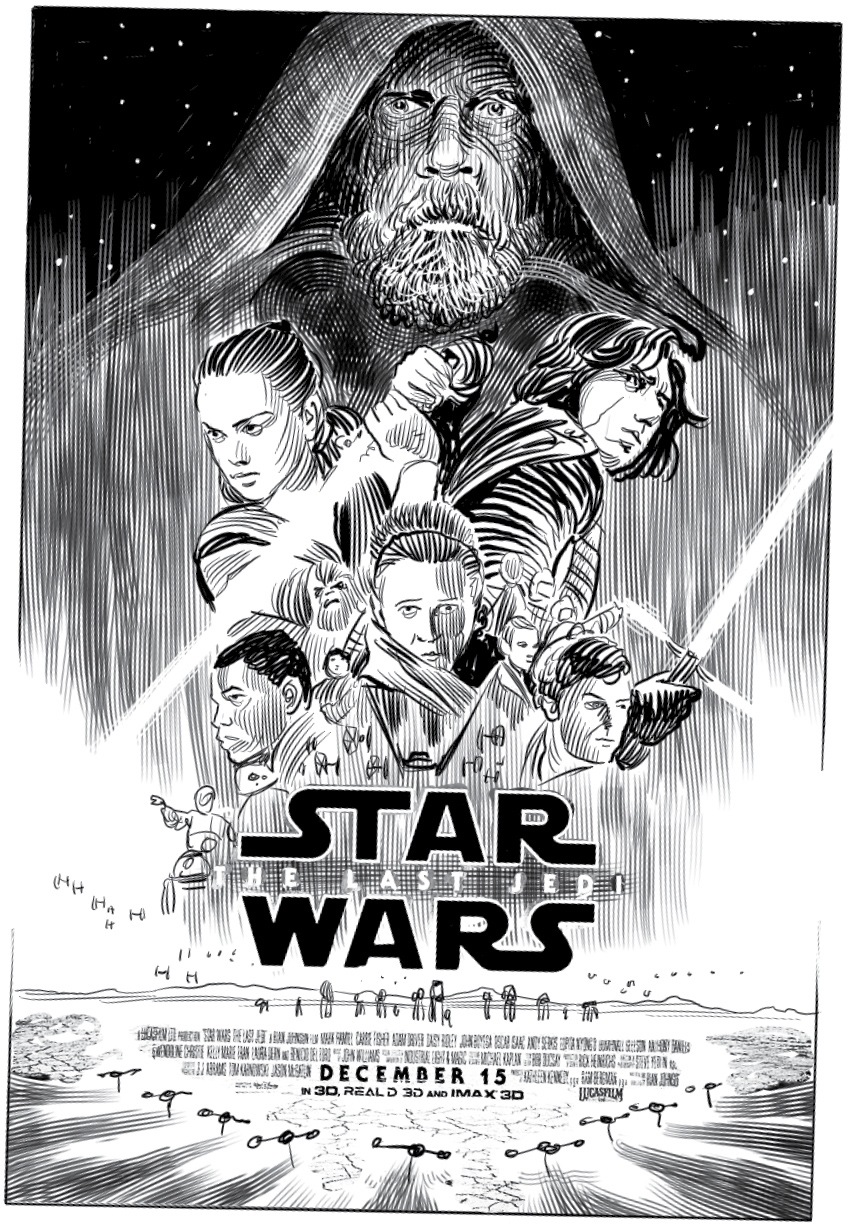
In 2012, George Lucas sold Lucasfilm to the Walt Disney Company. The eighth episode of Star Wars, called Star Wars: The Last Jedi, was released by Disney in 2017. There are more to come. Star Wars has become so much a part of our culture that it is hard to imagine a time before there were Jedi knights.